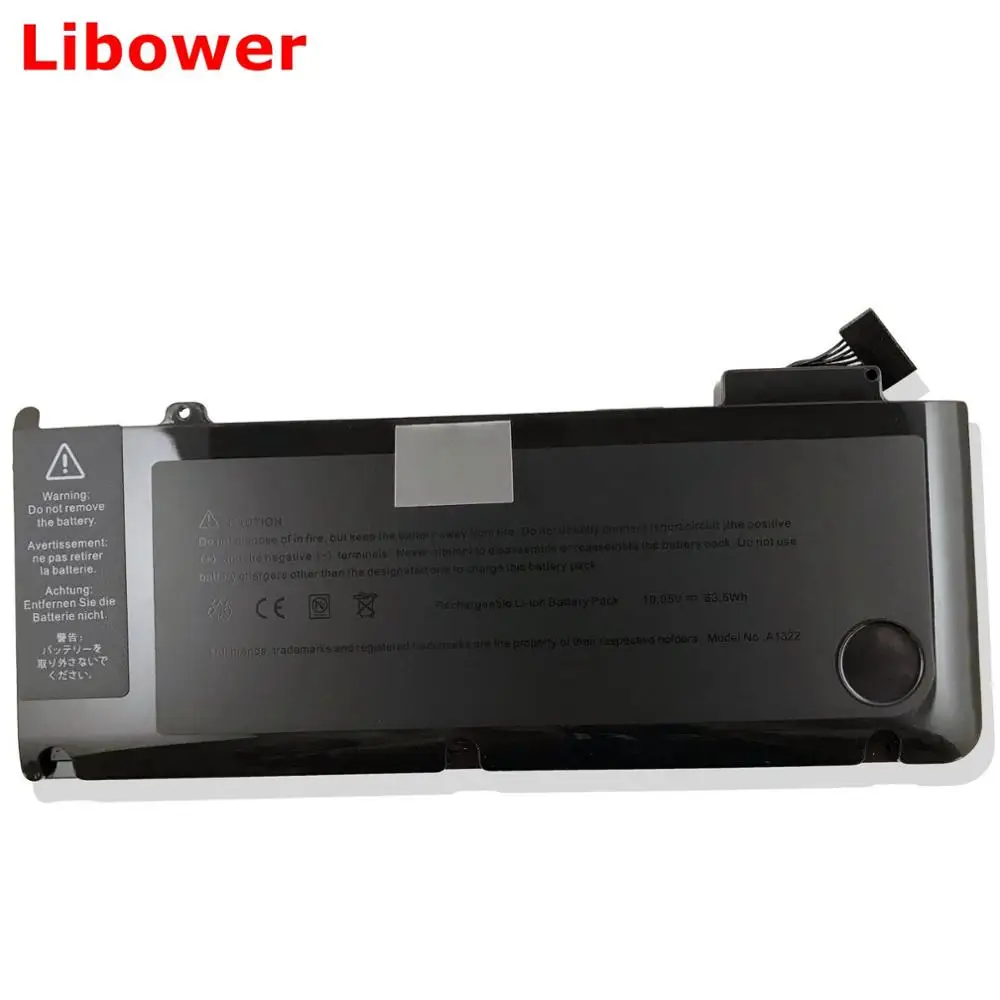
To find out how much these enhancements affect performance, we ran the new MacBook through our Speedmark 6 suite of overall system tests. Macworld Lab testing by James Galbraith, Chris Holt, Chris Holt, Lynn La, and Meghann Myers. Blue bars in italics represent reference systems.

The included warranty and AppleCare won’t cover a MacBook with 8GB of RAM. It’s possible to install 8GB of RAM in a MacBook and it would probably work just fine, but if something goes wrong, you’d be on your own. In case you are wondering, the entire MacBook Pro line ships with 4GB of RAM standard, with a maximum configuration of 8GB. Like the older system, the new MacBook ships standard with 2GB of RAM, and Apple says that 4GB is the recommended maximum RAM configuration. Also unchanged are the ports, with a Mini DisplayPort, two USB 2.0 ports, and a Gigabit Ethernet port-FireWire continues to be missing (and missed by me). The new MacBook’s appearance is identical to the mid-2009 model it replaces, using the same 13-inch glossy screen and white plastic unibody design. These new features were added to the MacBook Pro models released in April.

The only other differences of note are the addition of inertial scrolling and the Mini DisplayPort now supports both audio and video out when using a compatible third-party adapter. An Nvidia GeForce 320m integrated graphics subsystem replaces the Nvidia GeForce 9400m integrated graphics. New to the MacBook is a 2.4GHz Intel Core 2 Duo, which takes the place of the 2.26GHz Intel Core 2 Duo used in the previous model ( ).

Available in just one standard configuration, the new MacBook now sports a faster running processor and improved graphics that provide a modest speed improvement over its predecessor.

Earlier this month, Apple quietly updated its entry-level laptop, the MacBook.


 0 kommentar(er)
0 kommentar(er)
